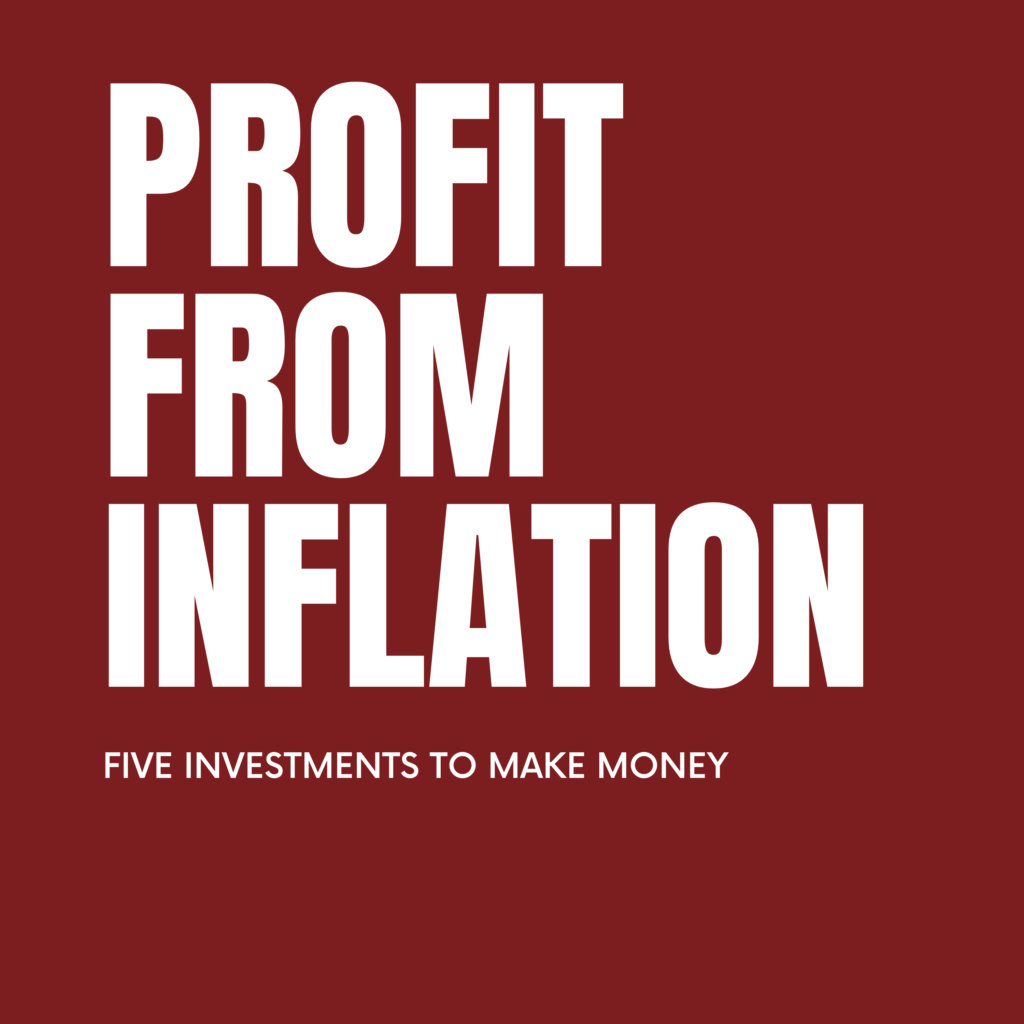Graham’s Note: This is an excerpt from my latest issue of Private Wealth Advisory in it, I detail the global impact that debt deleveraging will have as well as which industries will thrive and present the best investment opportunities in this environment. To learn more about Private Wealth Advisory and how it can help you grow your portfolio and navigate the coming changes to the global economy and capital markets… Click Here!!!
The coming years will be marked by a seismic change in the economic landscape in the US. Firstly and most importantly, we are going to see economic growth slow down dramatically. Jeremy Grantham, an asset manager I respect, believes we’ll see global growth at 2% over the next seven years. Personally I believe it could be even lower than that.
The reasons for this slow down are myriad but the most important are:
1) Age demographics: a growing percentage of the population will be retiring while fewer younger people are entering the workforce.
2) Excessive debt overhang.
3) A return to more frugal “common sense” spending patterns in the developed world.
4) Political and Geopolitical uncertainty.
Regarding #1, Europe is the most glaring situation. According to Eurostat, between 2004 and 2050, the number of people of non-working age relative to those of working age will increase dramatically. In the EU in 2004 there were approximately four people of working age (19-64) for every person of non-working age (65 and older). By 2050, this number will have dropped to only two people of working age for every person of non-working age.
Over the same time period, Europe will also see a tripling in people considered to be “elderly” (80 or older) from 18 million to 50 million.
These numbers alone go a long ways towards explaining why Europe is facing a budgetary Crisis of epic proportions. All of these retirees will be expecting various Government/ private sector outlays whether they are pensions, healthcare, or various other social services.
These issues are, for the most part, left out of most current analysis of Europe’s debt crisis. Indeed, while the vast majority of commentators are well aware of Europe’s official Debt to GDP ratios, when we include unfunded liabilities such as the Government outlays or social programs I detailed above, it is clear that the situation in Europe is far, far worse than is commonly known.
Jagadeesh Gokhale of the Cato Institute presents the situation with an interesting data point, “The average EU country would need to have more than four times (434 percent) its current annual gross domestic product (GDP) in the bank today, earning interest at the government’s borrowing rate, in order to fund current policies indefinitely.”
The situation is not quite as profound in the US, though we will be seeing a dramatic increase in the age dependency ratio (the number of people of retired age relative to those of working age) between 2010 and 2030 as the Baby Boomers retire: in 2010 there were 22 people aged 65 and older for every 100 people of working age. By 2030, this number will have grown to 37 people aged 65 and older for every 100 people of working age.
However, while the ratios are not as poor in the US as in Europe, the unfunded liabilities the US faces are truly astronomical. USAToday puts the number at $61.6 trillion in unfunded obligations, an amount equal to roughly $528,000 per US household.
However, Japan makes both the EU and the US look tame. In 2009, Japan already had 35 people aged 65 or older for every 100 people of working age. However, by 2050, this number will have swelled to an incredible 73 people aged 65 or older out of every 100 people of working age. This among other things sets Japan as a ticking time bomb, which we will assess in another article.
The EU, Japan, and the US comprise $36 trillion of the global $64 trillion economy (roughly 57%). So this debt overhang will have a profound impact on global growth particularly in the developed world going forward.
This debt overhang will result in several developments from a political perspective. For one thing, the social contract between Governments and retirees will have to be re-negotiated, as the money promised by the former to the latter simply isn’t there.
Governments will try to deal with this in one of two ways: by raising taxes on high- income earners/ any other potential avenue for raising revenues and by reneging on the promises made to retirees.
The impact these moves will have on the political landscape will be profound. Among other things we will be seeing more protests both at the ballot box and in the streets (Greece’s riots are a taste of what’s to come for much of Europe and eventually the US).
To picture how a cutback in social programs will impact the US populace, consider that in 2011, 48% of Americans lived in a household in which at least one member received some kind of Government benefit. Over 45 million Americans currently receive food stamps. And 43% of Americans aged 65-74 are Medicare beneficiaries.
Consider the impact that even a 10% reduction in these various programs would have on the US populace.
Make no mistake, we are heading into a Crisis that will make 2008 look like a joke. The money for all of these various programs (both in Europe and the US) simply isn’t there. So this time around we’re going to see stock crashes AS WELL as civil unrest, food shortages, and the like.
If you’re looking for actionable advice on how to play the markets I suggest checking out my Private Wealth Advisory newsletter.
Private Wealth Advisory is my bi-weekly investment advisory published to my private clients. In it I outline what’s going on “behind the scenes” in the markets as well as which investments are aimed to perform best in the future.
My research has been featured in RollingStone, The New York Post, CNN Money, the Glenn Beck Show, and more. And my clients include analysts and strategists at many of the largest financial firms in the world.
To learn more about Private Wealth Advisory and how it can help you navigate the markets successfully…
Graham Summers
Chief Market Strategist




